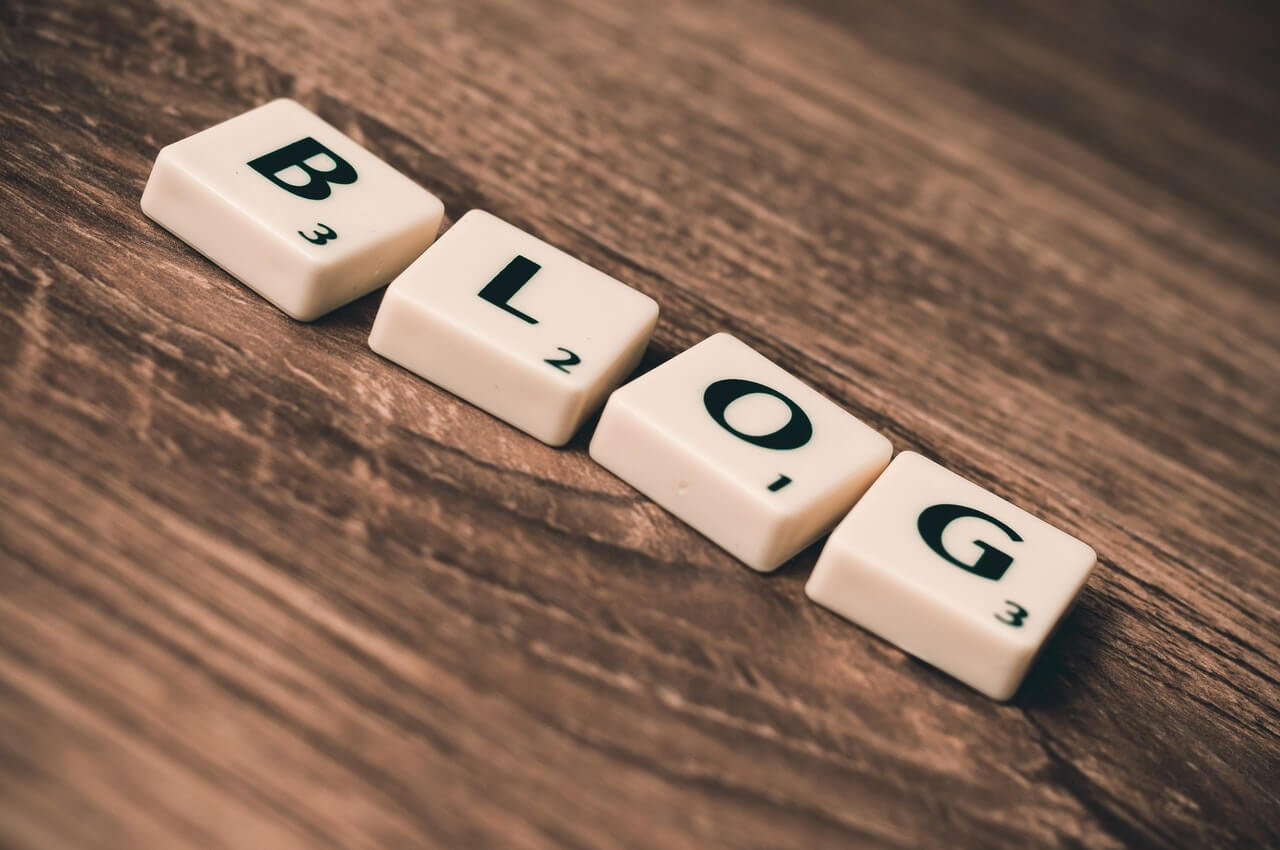Are you responsible for leading your team to create and deliver presentations together? Whether it is a pitch for new business or a project report, it can be a challenge to develop presentations that are cohesive, smooth and compelling. Before you develop your next team presentation, check out these reminders that may help you create solid content that allows each team member to shine.
- Select a strong team leader. You need someone who has the leadership ability and authority to make on-the-spot decisions. Content, structure, tone, slides, presenters; the team leader needs to take full responsibility for the every aspect of the presentation.
- Make sure everyone understands the presentation objectives. Write your overall objective in one sentence or less. What do you want your audience to know, do, or feel as a result of the presentation? This helps you maintain focus during the preparation process.
- Begin with a good look at what you hope to accomplish. Consider the key message you want the audience to take away from the talk. This becomes the core theme and unifying elements within the presentation. Everything you say must relate to and reinforce this message. It also creates a logical and unified beginning and ending to the presentation.
- Organize content development. Try providing each person a stack of Post-it notes, preferably oversized ones. Have each individual write only their own ideas (one per note). When it is time to build the content, go to a room with a large blank wall and use this flat surface as a storyboard. Organize presentation content on the wall; move topics as desired. Decide on the flow and sequence of the content before developing details and visuals.
- Have a single visual style. All slides should be on one deck with one format, rather than having each person create their own slides. (Either have one person do the whole show, or develop a template which everyone uses.) Take the time to ensure that every slide has the same look and feel and that type sizes, graphics and writing style are consistent. Pay special attention to headlines being consistent.
- Have a media champion. Choose one person to manage the visual aids – preferably someone who has a good sense of visual appeal and a good eye for detail. By assigning one team member to this task, you can ensure consistent color, style, and format. (Be sure to distribute the visuals well before the presentation, so that others have backup copies and plenty of time to review the visuals.)
- Decide how introductions will be handled. Will each presenter do a self-introduction before they speak? Will the previous presenter announce the next one? Will the team leader perform all introductions? Or, will the host or coordinator of the meeting take on this role?
- Know the logistics. How much time does each presenter have? How much time for the total presentation? In what order will everyone present? Will there be questions during the presentation or afterward? How can speakers link their content to that of the previous speakers? How will they pass the baton to the next speaker?
- Pay attention to details. What’s the room setup? Will speakers be seated, behind a lectern or standing in a conference room? What’s the audience size? What equipment will the team be using? Who is providing it? Who can trouble shoot it most effectively if something needs attention? Will others be joining the meeting via phone or video hookup? If so, how can they be included in the presentation?
- Plan the closing. Ending the presentation should be more than a thank-you. It should include a call to action or asking for the order or next steps. Plan out this critical part of the presentation and decide who will close. It may be the team leader or the final speaker, but prepare everyone to close just in case.
Developing a strong, cohesive story with a logical beginning, middle and end is crucial for team presentations. Having clarity in your purpose and your content builds confidence and helps each other contribute effectively. Next time; how to deliver effectively in a team presentation.
What do you do to develop winning team presentations?




